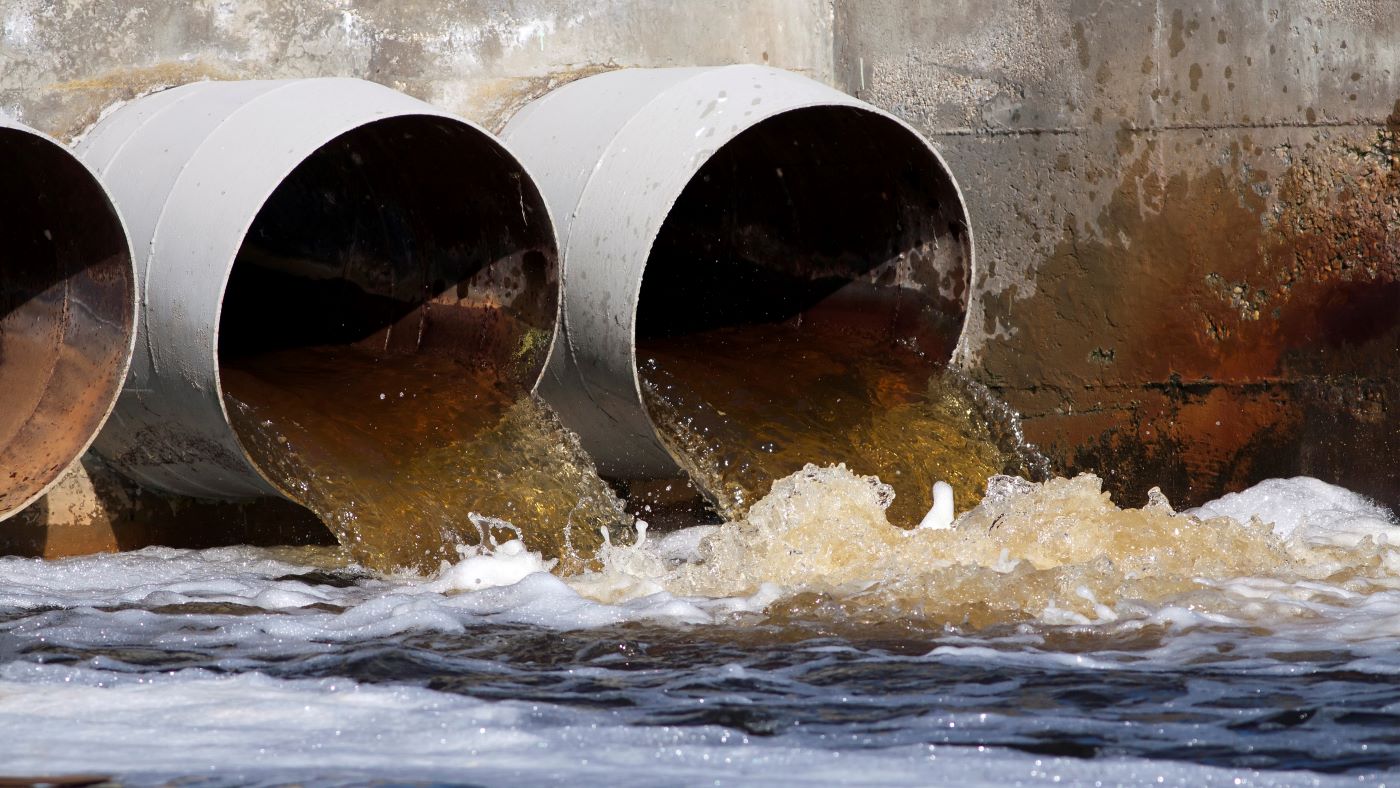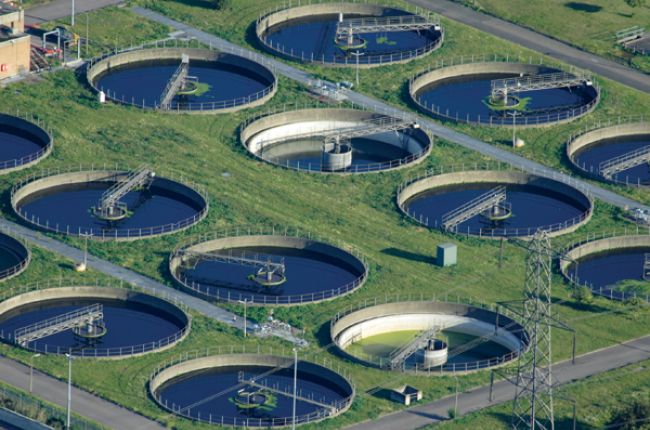Strategic Approaches to Boost Waste Water Treatment Effectiveness and Decrease Environmental Effect
In the world of waste water therapy, the mission for enhanced performance and decreased environmental influence is a perpetual challenge that requires critical options. The combination of advanced therapy technologies, energy-efficient procedures, resource recuperation methods, enhanced nutrient elimination techniques, and clever monitoring and control systems stands for a diverse structure for attending to these pushing worries.
Advanced Therapy Technologies
Advanced membrane layer filtration systems have actually revolutionized sophisticated wastewater therapy procedures, significantly improving the elimination of pollutants. These cutting-edge systems function forcibly water through a semi-permeable membrane, properly separating pollutants from the water stream. The membrane layer's tiny pores trap contaminants such as microorganisms, infections, and suspended solids, enabling just detoxified water to pass through. This innovation has actually confirmed to be highly effective in eliminating a vast array of pollutants, consisting of pharmaceuticals, heavy steels, and natural compounds, which are typically testing to remove through conventional therapy approaches.
Moreover, membrane layer filtering systems offer many advantages over standard treatment strategies. Furthermore, these systems are highly functional and can be easily incorporated right into existing treatment plants or used as standalone devices for decentralized applications.
Energy-Efficient Processes
The combination of energy-efficient procedures in wastewater treatment systems is crucial for optimizing resource usage and decreasing operational costs. By executing energy-efficient innovations, therapy plants can considerably decrease their carbon impact and general ecological impact. One key strategy to improving power efficiency in wastewater treatment is the use of advanced oygenation systems, such as great bubble diffusers or surface aerators, which can enhance oxygen transfer performance and lower power intake. Furthermore, incorporating power recuperation systems, like anaerobic digestion for biogas production or utilizing excess warmth for thermal procedures, can help balance out energy requirements and promote sustainability.
Moreover, optimizing process control and automation via using innovative sensors and keeping track of systems can enhance general energy performance by changing operations in real-time based upon actual demand and conditions. Applying power audits and routinely checking energy performance indicators are necessary techniques to identify areas for improvement and track energy-saving initiatives efficiently. In general, the adoption of energy-efficient processes in wastewater therapy not just benefits the environment yet additionally adds to long-lasting expense financial savings and operational sustainability.
Resource Recovery Strategies
With a concentrate on optimizing resource utilization and sustainability in wastewater therapy systems, the application of source healing approaches becomes a pivotal aspect in boosting functional efficiency. Resource recovery approaches in wastewater therapy include the identification and removal of useful sources from the waste stream, consequently turning what was once considered waste into an important asset. By applying resource healing techniques such as nutrient elimination and healing, energy generation from raw material, and the production of multiple-use water, wastewater therapy plants can minimize ecological impact while optimizing performance.

Improved Nutrient Elimination Methods
Applying sophisticated nutrient removal strategies is crucial for maximizing the effectiveness of wastewater treatment systems. Boosted nutrient removal plays an important duty in reducing click here for more the environmental impact of cured effluent discharged right into water bodies. One of the key methods used for boosted nutrient elimination is the process of organic nutrient removal (BNR), which entails the removal of nitrogen and phosphorus through biological processes. This can be accomplished with the usage of specialized bacteria that can transform nitrogen substances into inert nitrogen gas via denitrification, and build up phosphorus within their cells with a procedure called boosted biological phosphorus removal (EBPR)

In addition to BNR, advanced therapy approaches such as membrane bioreactors (MBRs) and constructed wetlands can additionally be used to enhance nutrient elimination effectiveness. By integrating these advanced nutrient removal methods into wastewater therapy markets, municipalities and systems can properly minimize nutrient contamination and shield the atmosphere.
Smart Tracking and Control Systems
Utilizing cutting-edge modern technology, the assimilation of wise surveillance and control systems reinvents the operational efficiency of wastewater therapy centers. These systems include advanced sensing units and data analytics to go right here continually check crucial parameters such as pH degrees, turbidity, dissolved oxygen, and flow rates in real-time. By accumulating and examining this data, drivers can gain beneficial understandings right into the performance of the treatment processes, enabling aggressive changes to maximize treatment efficiency.
Smart surveillance and control systems also sustain remote tracking capacities, enabling drivers to gain access to real-time information and control functions from off-site areas. This remote accessibility improves functional versatility and responsiveness, allowing speedy treatments in case of system malfunctions or variations in influent quality. Additionally, the anticipating maintenance abilities of these systems assist prevent devices failings and decrease downtime, inevitably improving the overall integrity of wastewater treatment operations (Waste Water Treatment).
Verdict
Finally, critical techniques such as innovative therapy innovations, energy-efficient processes, source recuperation methods, improved nutrient elimination techniques, and clever monitoring and control systems play a vital role in boosting wastewater therapy performance and lessening ecological effect. By implementing these methods, wastewater therapy plants can boost their total performance, lower power usage, recover useful resources, and guarantee conformity with environmental laws. These methods are important for lasting and effective wastewater management methods.

In conclusion, critical approaches such as innovative treatment technologies, energy-efficient procedures, source healing techniques, enhanced nutrient elimination strategies, and wise surveillance and control systems play an essential function in enhancing wastewater treatment effectiveness and reducing environmental effect.